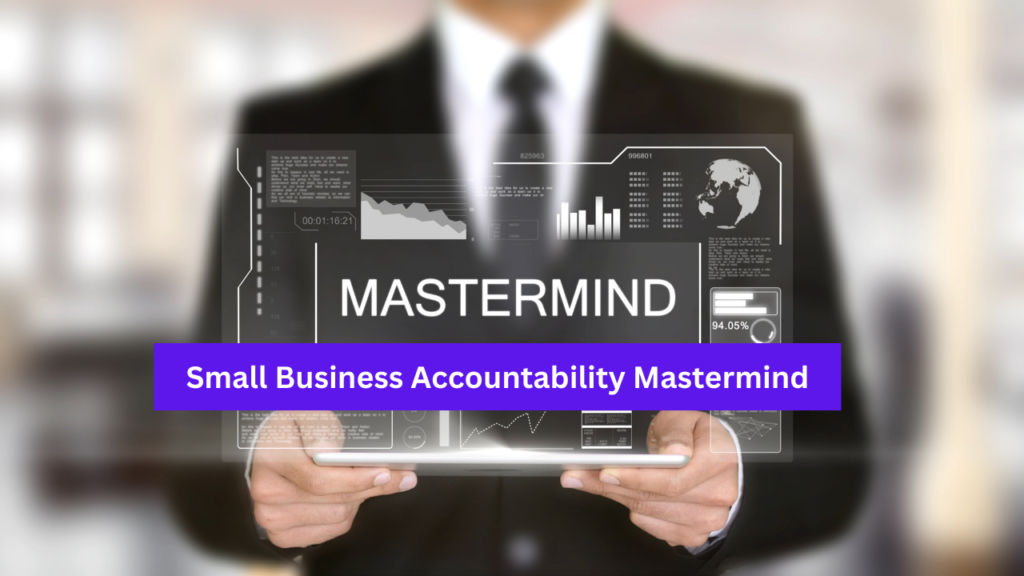Introduction
Welcome to our blog post, where we’ll be delving into the world of liability shift required enrolled cards. We’ll explore what these cards are, why they are crucial, and how they bring advantages to both consumers and businesses. So, grab your favorite beverage, get comfortable, and let’s unravel the significance of these cards together!
Achieve Successful Liability Shift with Enrolled Cards
Section 1: What Are Liability Shift Required Enrolled Cards?
Let’s start with the basics. Liability shift required enrolled cards are a type of payment card that offers increased protection against fraudulent transactions for both cardholders and merchants. In simple terms, these cards are designed to shift the liability for certain types of fraudulent transactions from the merchant to the card issuer. This means that in the event of a fraudulent transaction, the financial responsibility is transferred to the party better equipped to handle it.

Imagine you’re wrapping your precious items for shipping. Liability shift required enrolled cards act as an extra layer of bubble wrap, providing added protection and cushioning against potential damage in the form of fraudulent transactions.
Section 2: Why They Matter for Consumers

Now, let’s focus on why these cards matter for consumers. When using liability shift required enrolled cards, consumers can experience a sense of peace of mind knowing that their transactions are backed by advanced security measures.
These cards often come with additional security features such as tokenization and biometric authentication, making it more challenging for fraudsters to compromise sensitive payment information. Statistics show that instances of unauthorized transactions have significantly decreased with the adoption of these cards, providing real-life evidence of the enhanced protection they offer to consumers.
Picture yourself walking through a bustling marketplace with a guard dog by your side – that’s the level of security these cards bring to your transactions. Beyond just the financial aspect, these cards also offer convenience and ease of use. With features like contactless payment and mobile wallet integration, consumers can enjoy a seamless payment experience while still benefiting from enhanced security measures.
Moreover, liability shift required enrolled cards often provide added perks such as rewards programs, cashback offers, and travel benefits, incentivizing consumers to use them for their everyday transactions. This combination of security, convenience, and rewards makes these cards a valuable asset for consumers looking for a secure and rewarding payment solution.
In summary, liability shift required enrolled cards offer consumers peace of mind, enhanced security, and added convenience, making them an essential tool for safeguarding against fraudulent transactions and ensuring a seamless payment experience.
Section 3: Why They Matter for Businesses

Businesses also benefit greatly from embracing liability shift required enrolled cards. By accepting these secure payment methods, businesses can significantly lower the risk of chargebacks and fraud-related losses. This can lead to substantial cost savings and help cultivate a higher level of trust with customers who value secure payment options.
Furthermore, businesses can adapt their payment processing systems to accommodate these cards, paving the way for seamless and secure transactions. It’s like upgrading your business to a high-tech security system that provides peace of mind for both you and your customers.
Moreover, accepting liability shift required enrolled cards can also enhance the overall customer experience. With these secure payment methods in place, customers can feel confident that their sensitive payment information is protected, leading to increased satisfaction and loyalty.
Additionally, embracing these cards can position businesses as forward-thinking and security-conscious entities in the eyes of their customers. This can help attract new customers who prioritize security when choosing where to do business.
Furthermore, liability shift required enrolled cards can also streamline the payment process for businesses, reducing the time and effort required to handle transactions. This allows businesses to focus more on providing quality products and services to their customers while enjoying the benefits of enhanced security and reduced risk.
In summary, embracing liability shift required enrolled cards offers businesses a range of benefits, including lower risk of fraud-related losses, enhanced customer trust, improved customer experience, and streamlined payment processes.
Section 4: Steps to Ensure Successful Implementation
Now, let’s talk about ensuring successful implementation of liability shift required enrolled cards. For consumers, it’s crucial to activate the card and familiarize themselves with the authentication process.
On the other hand, businesses should focus on updating their payment systems to support these secure payment methods, ensuring a smooth and secure transaction experience for their customers. This may involve integrating advanced authentication technologies such as biometric authentication or two-factor authentication into their payment processing systems.
Additionally, businesses should provide clear instructions to customers on how to use the enrolled cards securely. This includes educating customers on the importance of keeping their card details confidential, avoiding sharing sensitive information over unsecured channels, and regularly monitoring their card transactions for any suspicious activity.
Furthermore, businesses should stay updated on the latest security protocols and compliance requirements related to liability shift required enrolled cards. This involves regularly monitoring industry standards and regulations such as the Payment Card Industry Data Security Standard (PCI DSS) and implementing necessary measures to ensure compliance.
Moreover, businesses should collaborate with card issuers and payment service providers to implement fraud detection and prevention mechanisms. This may include real-time transaction monitoring, anomaly detection algorithms, and machine learning-based fraud detection systems to identify and mitigate fraudulent activities associated with enrolled cards.
By taking these proactive measures, businesses can minimize the risk of fraudulent transactions and enhance the security of transactions involving liability shift required enrolled cards. This not only protects businesses from financial losses but also helps build trust and confidence among customers in the security of their payment transactions.
Conclusion
In conclusion, liability shift required enrolled cards play a vital role in enhancing payment security for both consumers and businesses. By embracing these cards, we can collectively contribute to a safer and more secure payment landscape. We encourage you to share your thoughts and experiences with these types of payment cards in the comments section below.
So there you have it – a comprehensive understanding of the importance of successful liability shift required enrolled cards. We hope this blog post has shed light on the significance of these cards and how they contribute to a more secure payment environment for all. Until next time, stay secure and informed!
Share the arTicle Thank you very Mush












